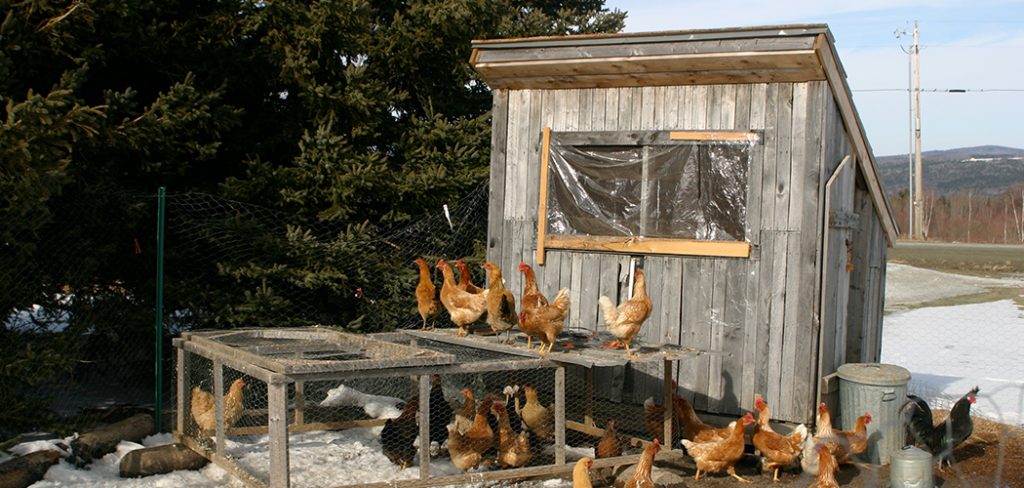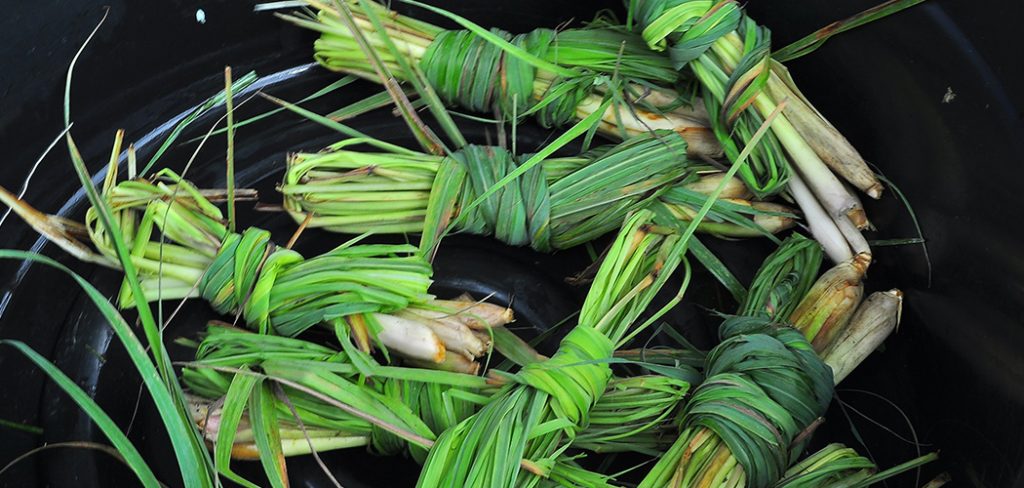Trees are an important part of the atmosphere. Aside from providing good aesthetics, fruits, and security when it comes to the soil, trees also provide the oxygen that we need to survive. It is thus without a doubt that planting a tree, no matter the type, is a good and advantageous endeavor that anyone should undertake. From apple trees to mango trees, the number of possibilities and options to choose from are endless. Keeping and growing a tree, or an olive tree, more specifically, requires the possession of skills such as how to prune olive trees. These trees are living creatures too that require care and support in order to thrive.
By providing olive trees with the necessary means for its survival, the fruits and benefits that you may reap from such efforts can be tenth fold. Limiting yourself to smaller plants can be a less fruitful experience, which is why learning how to plant trees such as an olive tree can be a positive step in another direction.
Facts about the olive tree
Trees are commonly seen in most gardens and fields, but the lifespan and other interesting factors are not always thought about by those who pass by them. Olive trees are as interesting other more exotic plants, especially with factors such as their age and height to consider. Learning about these things helps us appreciate the beauty of having and planting our very own tree, especially since learning about their history can teach us how and when these trees began to exist.
For olive trees, their lifespan can reach for over two thousand years old. The average lifespan of an olive tree is at around three hundred to six hundred years. That is a pretty long time for a plant to live. It is even longer than most smaller plants and flowers. These trees are known to be sturdy and strong, especially when well taken care off during its early infant days. Because of its age and unique characteristics, olive trees are often protected by the laws of the place in which it is located. They provide a lot of history around the areas in which they were planted, which is why protecting them can be an area of interest to some.
The fruits its produces provide the healthier olive oil that some people consume today. This product from the tree is known to almost everyone in most places, especially since olive oil is a common ingredient to dishes like pasta and chicken. Olive oil is also considered to be healthier than other types of oil, which is why cooking with it is more favorable now as compared to other types.
Straggly olive tree
But how do you know when an olive tree needs taking care of? And what exactly is a straggly olive tree? A straggly olive tree is one that consists of an olive tree with weak shoots. This means that the branch is usually bare, without any leaves, or with minimal leaves only towards the tips of the branches. To help solve this problem, it is recommended that you cut the long shoots by half its size. This is similar to the act of pruning, since it removes unwanted or unhealthy parts of the tree when compared to other parts of the tree, in order to keep it healthy.
How to prune olive trees in pots
For those who want to start out small with a younger plant or tree, learning how to prune them while they are still in the pot is a useful experience, and one that may benefit you once the tree grows into a much larger sized tree. So how to prune olive trees in pots? Pruning an olive tree that is contained in a small pot requires that it be done annually. This means that pruning the tree should be done at least once a year, towards the end of the winter season. Pruning may also be done at the beginning of spring. It must be done lightly every year, in order to maintain the amount of branches and leaves that the tree has, and to remove unwanted parts.
Pruning involves the removal of the branches and parts of the tree that grow in places other than towards the top. Thus, if the branches grow from the roots of the tree, or from the trunk of the tree, it is best to cut them off before they grow in directions that you do not want them to be in.
Pruning mature olive trees
Once the tree has grown into a more mature tree, pruning takes on a different approach. Olive trees that are mature in age are larger, and sturdier. They will also have larger trunks and branches, as what comes when trees have aged over quite some time. Thus, for pruning mature olive trees, you will have to start by trying to allow the main parts of the tree to regain exposure to the sunlight by removing some of the parts of its crown. Remove broken, dead and diseased branches and leaves around the top, to make space for the tree’s other parts. Lastly, you need to be able to create a crown that only has at most five main branches. This limits the growth of the tree towards that number.
Conclusion
Olive trees have been with us for over a hundred years, and have provided with us with olives that we known and love. Products such as olive oil originally came from the fruits of said tree, and has since been used in numerous dishes. Planting an olive tree can mean having a tree exist on a certain spot for hundreds of years, which is actually a good thing for the planet since trees help regulate the atmosphere. Thus, learning numerous important and essential skills such as how to prune olive trees is a must.
Taking care of an olive tree can begin even from when it started out only as a potted plant. Olive trees in pots must be pruned differently, but once they mature, different sets of knowledge and skills may be required in order to maintain the tree’s health and stability. Olive trees are truly a sight to look at.

